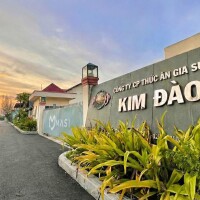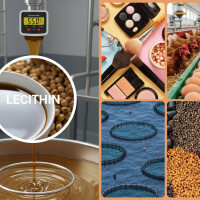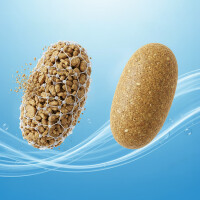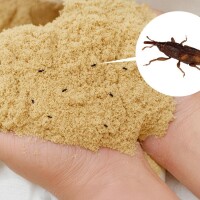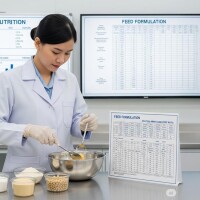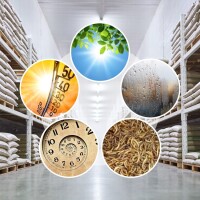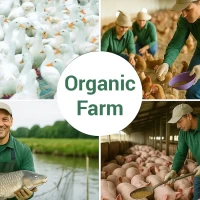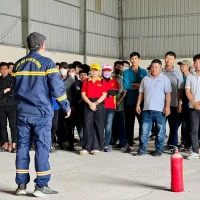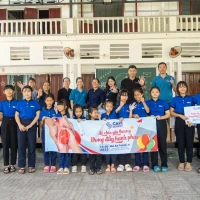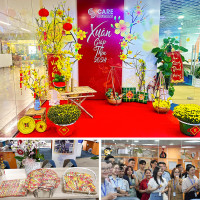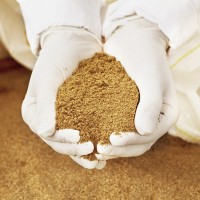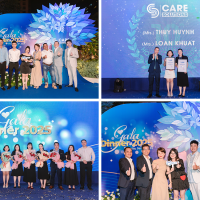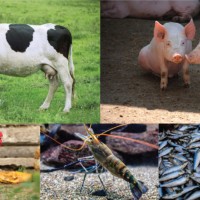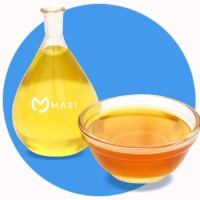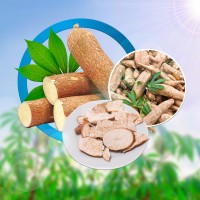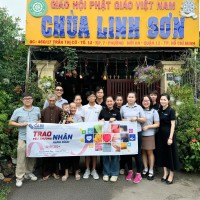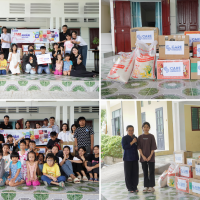What Is Organic Livestock Farming? The Organic Farming Trend in Vietnam
Amid growing consumer awareness of health and food safety, organic livestock farming emerges as a visionary and sustainable solution for Vietnam’s agricultural future. This progressive approach delivers impeccably pure, eco-friendly products while championing enhanced animal welfare and the preservation of vital ecosystems. Despite current hurdles, organic livestock farming is steadily establishing itself as a cornerstone of Vietnam’s progressive, future-ready agricultural landscape.
Unpacking the concept of Organic Livestock Farming
Organic livestock farming is a method that eliminates the use of synthetic chemicals such as antibiotics, growth hormones, or lean growth agents. Simultaneously, it ensures natural living conditions and optimal welfare for the animals. Feed for livestock, poultry, and aquaculture within this model is primarily sourced from certified organic origins, is non-genetically modified (non-GMO), and remains free from harmful chemical residues.
Distinct from conventional industrial farming, organic livestock farming champions ecological balance, animal health, and environmental stewardship. Consequently, it represents the preferred choice for discerning farmers, businesses, and consumers who prioritize ethical and sustainable practices.
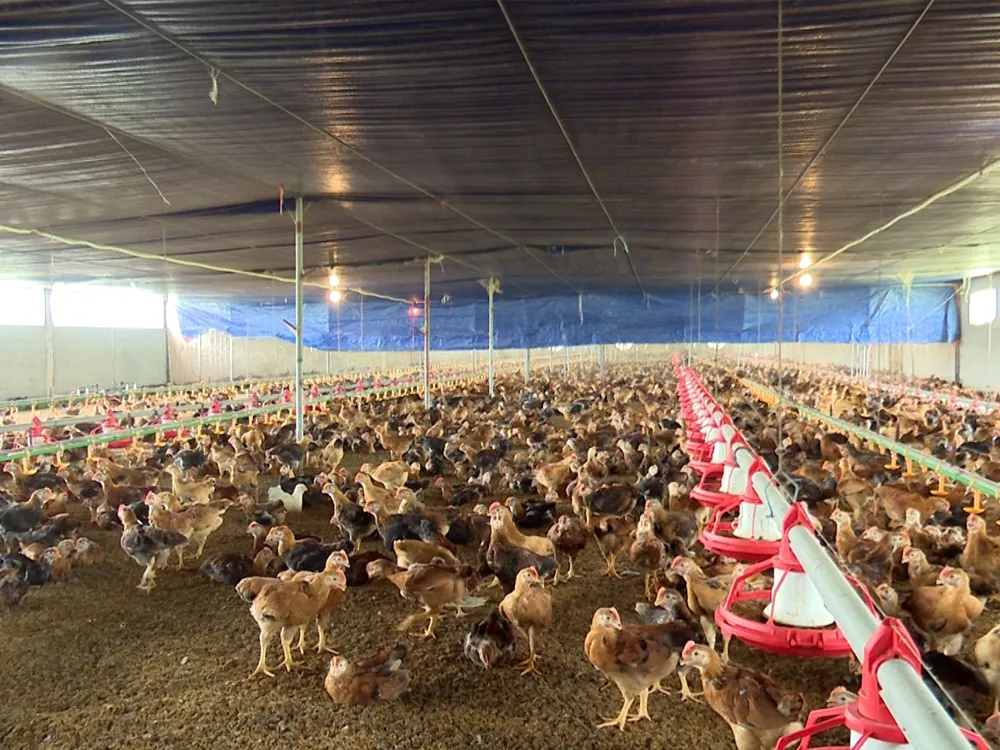
Organic livestock farming places a strong emphasis on animal well-being and environmental integrity, avoiding the use of synthetic chemicals or genetically modified organisms
Key principles and standards in Organic Livestock Farming
To ensure transparency and efficacy, organic farming must adhere to stringent standards set by certified organizations or authorized regulatory bodies. These comprehensive standards encompass regulations concerning management practices, feed composition, housing conditions, animal health protocols, and the selection of breeds. Strict compliance with these criteria is paramount to guaranteeing product quality and sustaining consumer trust.
1. Management standards
In organic livestock farming systems, livestock areas must be meticulously planned and distinctly separated, incorporating buffer zones to safeguard against external contamination. Facilities need to be situated well away from industrial zones, waste treatment plants, hospitals, and any potential sources of environmental pollution. All farming activities demand meticulous record-keeping, full traceability, and consistent oversight to guarantee adherence to organic mandates.
Waste management systems are an equally integral component. Farms must feature designated areas for manure storage and composting, along with liquid waste treatment pits that meet stringent veterinary hygiene standards and environmental protection protocols. Effective waste management not only mitigates the risk of disease but also enriches soil fertility, minimizes water and air pollution, and fosters sustainable agricultural practices.
2. Feed standards
In organic livestock farming, animal feed must originate from natural sources, entirely free from synthetic chemicals, antibiotics, or growth hormones, ensuring unparalleled purity and quality. To meet stringent organic standards, feed for ruminants must comprise at least 90% organic content, while non-ruminants require a minimum of 80%, calculated by dry matter weight.
Crucially, organic livestock facilities are obligated to cultivate at least 50% of the feed they utilize within their own premises, sourced either from natural pastures or through collaborations with other certified organic producers.
Agricultural by-products such as broken rice, rice bran, rice husk, dried cassava chips, cassava residue… when cultivated in adherence to rigorous organic standards, serve as invaluable feed resources, rich in nutrients and sustainability. Furthermore, protein and amino acid-rich ingredients like fish meal, fish oil, fish soluble, derived from sustainable, chemical-free fisheries, are also permissible if they meet rigorous safety and transparency criteria for organic compliance.
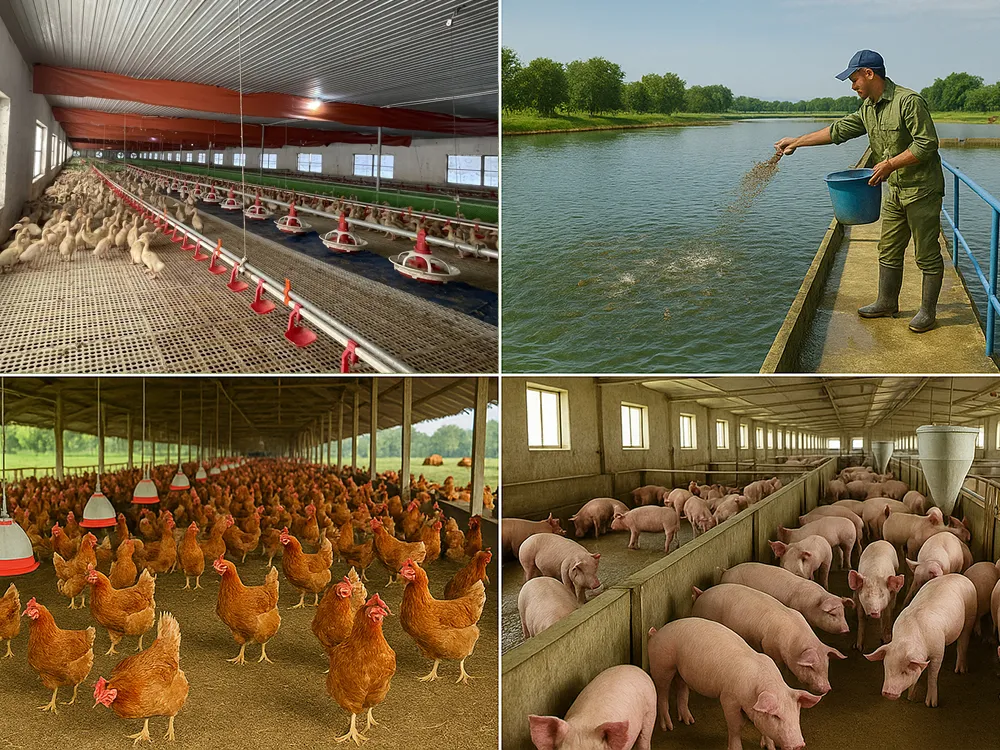
The sustenance provided in organic livestock systems must be inherently natural, impeccably clean, and fully traceable
3. Farmstead standards
In organic livestock farming, housing facilities are meticulously designed to guarantee optimal comfort and well-being for the animals, meticulously aligning with each species' unique biological characteristics and natural behaviors. The enclosure must be generously proportioned to ensure livestock enjoy unrestricted movement, abundant natural light, and a serene, stress-free environment. The flooring necessitates a consistent state of dryness, optimal ventilation, and pristine cleanliness, maintained through rigorous periodic sanitation. Concurrently, all structural materials must be unequivocally free from deleterious chemicals and heavy metals. An ideal living environment not only promotes steady, healthy growth in livestock but also significantly reduces the risk of disease.
The strategic allocation of feeding, resting, activity, and waste management areas contributes to a closed-loop ecosystem - safe, sustainable, and highly efficient in management.
4. Livestock health standards
Livestock health stands as the paramount priority within organic livestock farming. Proactive disease prevention is unequivocally emphasized over medicinal treatment. Comprehensive healthcare protocols encompass the strategic selection of robust breeds, diligent vaccination programs, meticulously balanced nutritional regimens, and the provision of pristine, stress-free living environments.
The application of veterinary chemical drugs is stringently minimized. Should an animal's recovery prove unattainable through natural interventions, the use of antibiotics is permissible only under exceptionally strict limitations. Following such treatments, products derived from these animals may be excluded from the organic system for a specified period to unequivocally safeguard consumer well-being.
5. Breed selection standards
In organic livestock farming, the selected animal breeds must be inherently robust, possess strong natural disease resistance, and demonstrate excellent adaptation to local environmental conditions. Priority is consistently given to indigenous breeds or those definitively proven suitable for organic models. Breed selection also rigorously avoids species susceptible to genetic diseases or those exhibiting adverse reactions to natural rearing environments.
Furthermore, breeding methods must be unquestionably natural. The use of hormones to stimulate reproduction, embryo transfer techniques, or genetic engineering for propagation is strictly prohibited. This approach ensures natural balance is maintained and prevents excessive interference with animal physiology.
Organic Livestock Farming performance versus conventional methods
A common apprehension among stakeholders is that organic farming may inherently result in diminished productivity. This may indeed hold true during the initial transitional phase, as the livestock have not fully assimilated into the transformed conditions. However, its long-term effectiveness ultimately surpasses conventional methods, owing to:
- Medical and antibiotic expenditures are virtually eliminated
- Products command a premium price, ranging from 20% to 50% above market rates
- The risk of disease outbreaks is significantly reduced due to a naturally healthy living environment
- Brand value and consumer trust are substantially enhanced
Especially when synergistically combined with organic feed sources such as fish meal, fish oil, broken rice, rice bran, and cassava residue, the growth performance of livestock is consistently assured, all while robustly maintaining biosecurity and environmental protection.
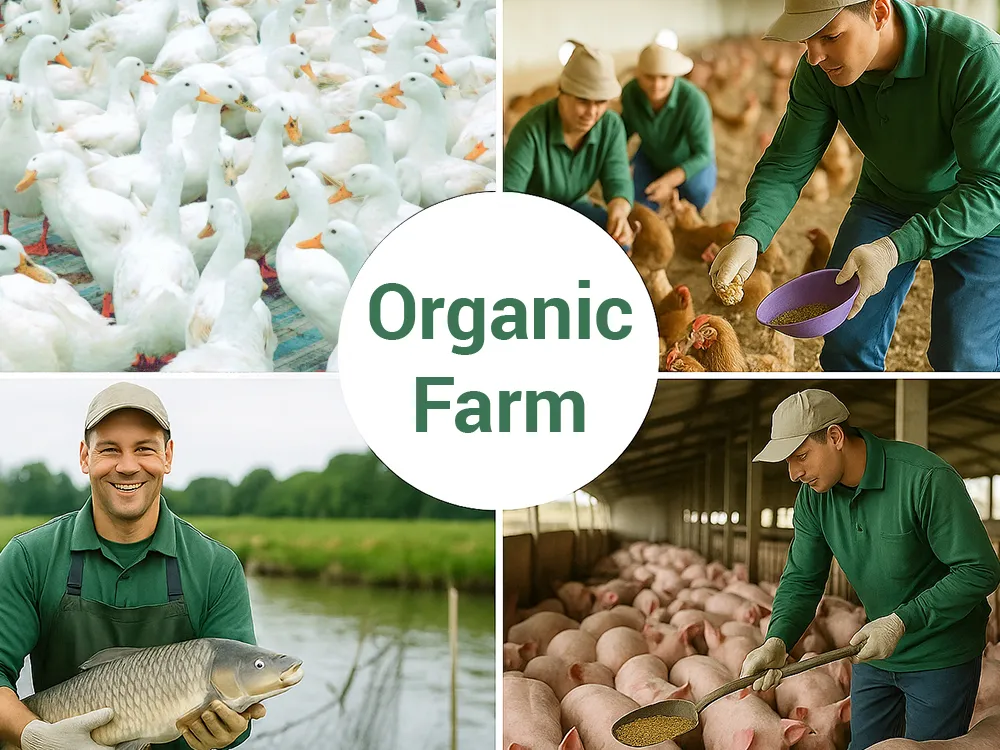
Sustainable performance is inherently rooted in a healthy living environment and pristine feed
Certified Organic Livestock Farming protocols
The organic livestock farming process encompasses several pivotal stages: the meticulous selection and preparation of the farming area; the discernment and choice of appropriate animal breeds; the construction of housing facilities in strict adherence to established standards; the strategic planning of animal care, nutrition, and environmental management; the implementation of biological disease prevention measures; and continuous monitoring, comprehensive record-keeping, diligent oversight, and regular evaluation.
A pivotal element involves rigorous adherence to regulations during the transitional period from conventional to organic livestock farming, a phase typically spanning six months to a year. Throughout this duration, all feed, veterinary medicines, and farming conditions must progressively align with organic standards to qualify for official certification.
When integrated with natural and meticulously controlled inputs such as fish meal, fish oil, and fish soluble – all verified by stringent international standards like GMP+, MarinTrust, and ISO 22000 – the nutritional quality in organic livestock farming is significantly elevated, concurrently fulfilling critical food safety and sustainable development imperatives.
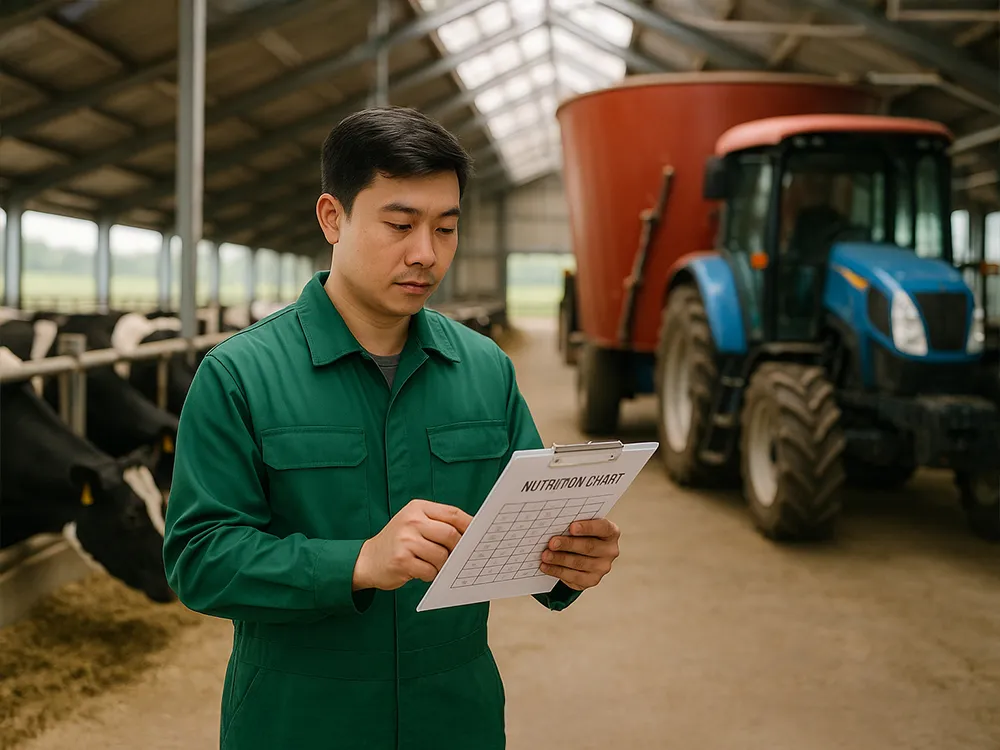
Adherence to stringent processes is the quintessential element for organic livestock operations to attain validated certification
The ascendant trend of Organic Livestock Farming in Vietnam
In Vietnam, organic livestock farming is experiencing robust and progressive development. Domestic consumer demand is notably surging, particularly within major urban centers such as Hanoi, Ho Chi Minh City, and Da Nang, as consumers increasingly prioritize health and environmental well-being. Concurrently, stringent standards from export markets, particularly Japan, Europe, and the United States, are further catalyzing the evolution of this sustainable farming model.
Numerous domestic enterprises are increasingly investing in sophisticated organic feed supply chains, encompassing products such as broken rice, rice bran, rice husk, dried cassava chips, and cassava residue, alongside premium protein sources like fish meal, fish oil, and fish soluble from internationally certified facilities. This strategic investment not only enhances economic efficiency but also significantly contributes to fostering a circular, environmentally benign, and climate-resilient agricultural ecosystem.
However, for organic livestock farming to achieve sustainable development, it necessitates robust collaboration among government entities, businesses, and individual farmers. Key to establishing organic livestock farming as a predominant future trend lies in comprehensive support policies for transition, infrastructure investment, technical training, and community awareness campaigns.
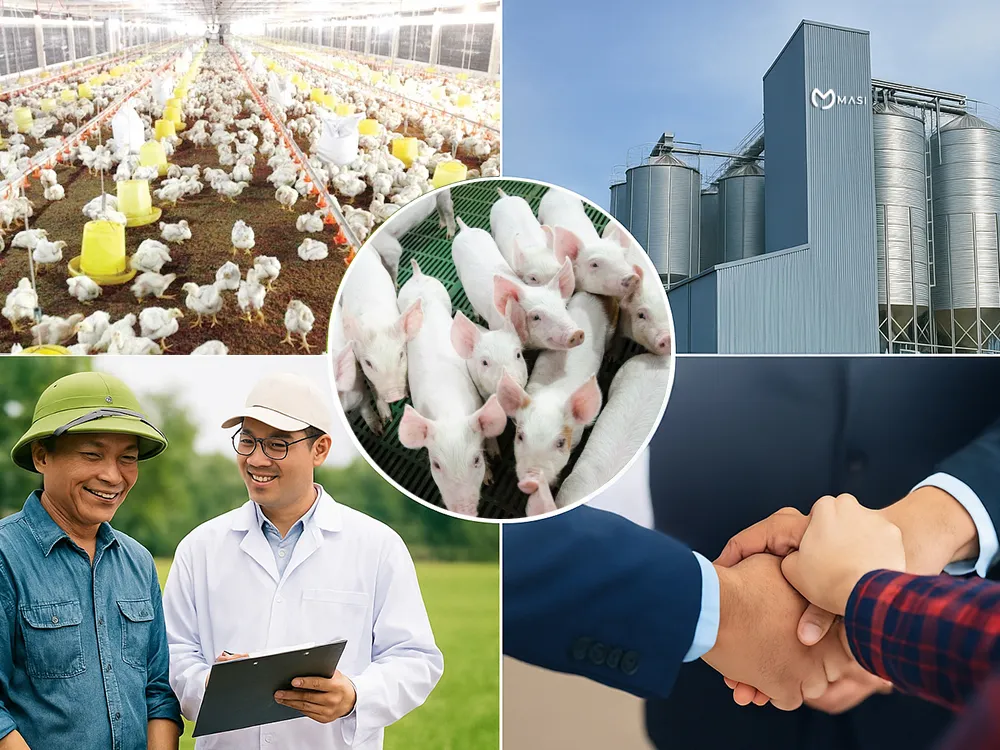
Organic livestock farming is unveiling a golden opportunity for Vietnam to spearhead green agriculture in the region
In the global shift towards green agriculture, developing organic livestock farming not only yields significant economic benefits but also demonstrates a profound commitment to environmental stewardship and future generations. With a robust foundation provided by quality ingredient suppliers like Masi, Vietnam is exceptionally positioned to emerge as a pioneering nation in organic livestock production within Southeast Asia.
--------------------------------------
Contact Information:
Masi
Office: 7th Floor, Giga Mall, 240 - 242 Pham Van Dong Street, Hiep Binh Ward, Ho Chi Minh City
Factory: Lot C11, Fish Sauce Processing Zone, Phu Thuy Ward, Lam Dong Province
Factory: Hoi Hamlet, Kim Son Commune, Dong Thap Province
Email: Cs@masi.vn
Call center: 0909 411 885 - 0911 401 955 - 0979 045 766
Facebook: https://www.facebook.com/masi.fishmeal
LinkedIn: https://www.linkedin.com/company/masifishmeal/
